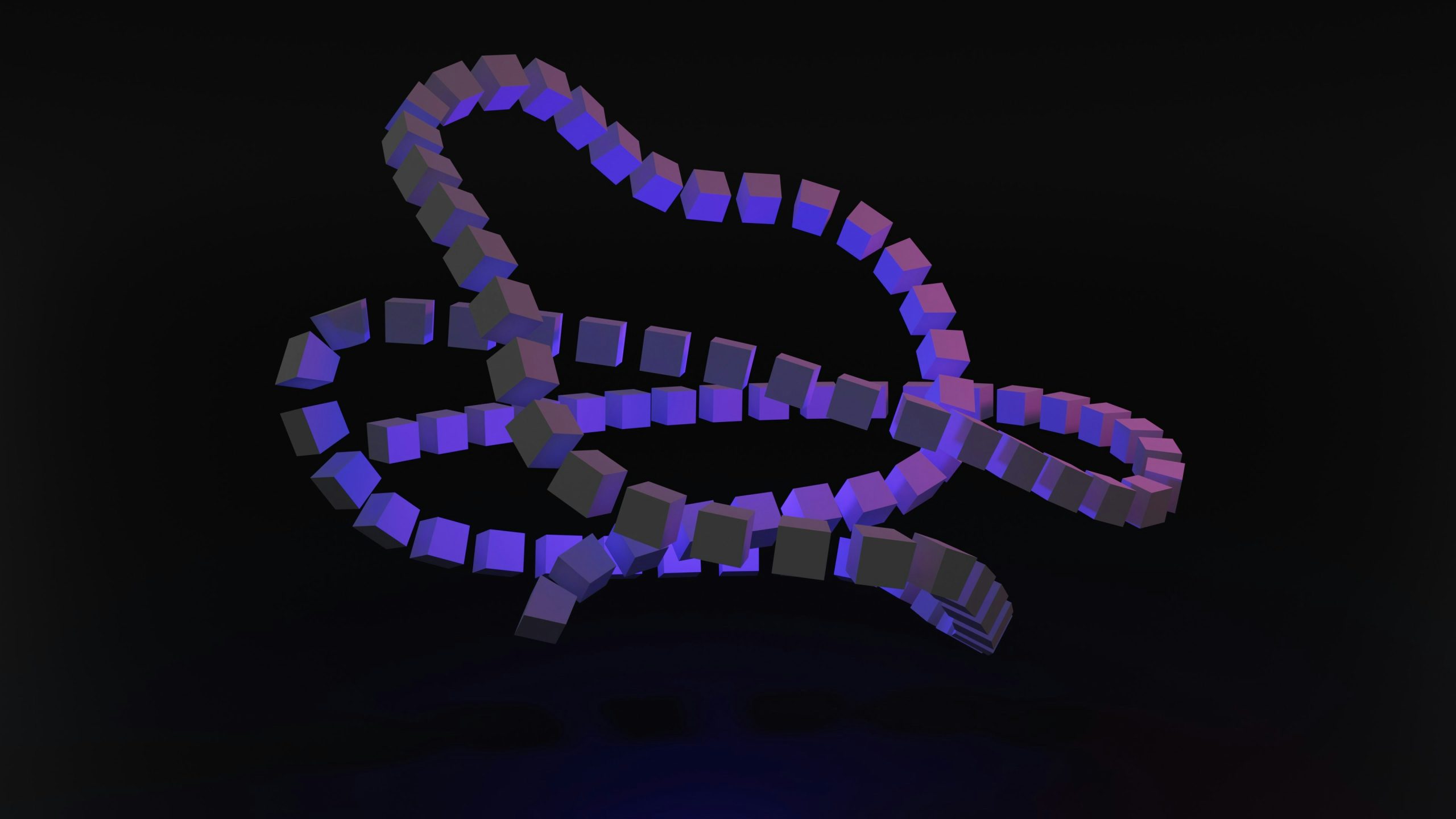In the ever-evolving landscape of artificial intelligence, creativity is no longer a solitary pursuit; it’s an exhilarating dance between human imagination and machine capability. Enter Bing Image Creator—a powerful tool that not only allows users to conjure stunning visuals from mere text prompts but also empowers them to refine their artistic vision through the use of negative prompts. While positive prompts guide the AI toward specific themes or styles, negative prompts usher it away from unwanted elements, making them an essential yet often overlooked aspect of crafting your perfect image.
Definition and Purpose of Negative Prompts
Negative prompts serve a crucial role in fine-tuning the outputs of AI image generators like Bing’s Img Creator. By specifying what you don’t want to see in an image, you can significantly improve the relevance and quality of the generated content. This practice transforms vague ideas into precise visions by filtering out unwanted elements, styles, or themes that may detract from your original concept. For instance, if you’re looking for a serene landscape but want to avoid any hints of urban development, using negative prompts allows you to steer the AI away from those qualities that might weaken your desired aesthetic.
Moreover, employing negative prompts fosters a more collaborative relationship between user and machine. It encourages users to think critically about their creative choices while also pushing the boundaries of what can be achieved through AI technology. By articulating specific exclusions—like avoiding certain colors or elements—you cultivate a more refined creative process. In this way, negative prompts not only enhance output accuracy but also empower creators to explore unique artistic directions they may not have initially considered.

Enhancing Image Quality and Relevance
Harnessing the power of negative prompts in Bing Image Creator can significantly enhance both the quality and relevance of your generated images. By specifying what you don’t want to see, you channel the AI’s focus toward more precise outputs that align better with your vision. For instance, if you’re seeking a serene landscape but find that typical generated images include crowds or urban elements, using a negative prompt like “no people” helps filter these distractions. This targeted approach transforms vague concepts into striking visuals that resonate with your intended message.
Moreover, exploring different dimensions of negativity can lead to more aesthetically pleasing results. Consider employing phrases such as “avoid dull colors” or “exclude harsh shadows” alongside your primary prompts. These deliberate exclusions not only refine the image’s character but also invite creative risks that might unveil unexpected yet captivating visual aesthetics. Think of negative prompts as guiding signposts steering creative output in refreshing directions—turning potential clutter into clarity without losing sight of artistic intent. Embracing this method allows artists and creators to strike a delicate balance between intention and surprise, resulting in imagery that is truly impactful and relevant to their narratives.
Tips for Creating Impactful Negative Instructions
When crafting impactful negative instructions, it’s essential to be specific yet creative in your wording. Avoid vague phrases; instead, clearly outline what you want to exclude. For instance, if you’re aiming for a serene beach scene but want to steer clear of crowded elements, specify no people, no umbrellas instead of simply stating no crowds. This precision not only guides the Bing Img Creator more effectively but also empowers you as the creator with a more vivid visualization of your desired outcome.
Furthermore, consider employing emotional descriptors that evoke the essence of what you wish to avoid. Phrases like avoiding chaos or “bypassing harsh tones” can encompass broader aspects beyond just physical attributes. By tapping into emotional cues, you directly influence the mood and atmosphere of your prompts—leading to creations that resonate deeper than mere aesthetics. Experimenting with juxtaposition can yield fascinating results too; instructing something like “not dark or gloomy” while suggesting vibrant colors creates an intriguing contrast that challenges preconceptions and pushes creative boundaries.

Illustrative Scenarios for Better Clarity
Illustrative scenarios can transform abstract concepts into relatable experiences, significantly enhancing understanding when using negative prompts in Bing Image Creator. For instance, imagine you want to generate an enchanting forest scene but wish to exclude modern elements like power lines or roads. By specifying your negative prompts—such as “no power lines” or “no buildings”—you create a clearer framework for the AI, allowing it to focus on crafting a true-to-nature ambiance. This focused guidance not only refines the output but encourages users to think critically about their creative vision.
Another effective illustration involves depicting emotions through imagery. Suppose you desire an image showcasing happiness in a bustling cityscape but want to avoid common indicators like smiling faces or bright colors. By articulating your negative prompt as “no smiling” and “no bright colors,” you open up alternative expressions of joy—like dynamic movement or engaging interactions among people—leading to richer visual storytelling. These examples highlight how thoughtful negative prompts can channel creativity effectively, shifting the narrative from what is present to what isn’t, thus inviting more innovative possibilities in digital art creation.
Pitfalls in Using Negative Prompts
One of the most significant pitfalls in using negative prompts is ambiguity. When users provide unclear or overly complex negative instructions, the AI may misinterpret their intent, resulting in images that stray far from expectations. For example, specifying “no bright colors” without context might lead to an image that’s too dark or dreary for your needs. This vagueness can create frustrations and diminish the effectiveness of interactive image generation.
Another concern is over-reliance on negative prompts, which may stifle creativity rather than enhance it. By focusing excessively on what should be excluded rather than what should be included, users can inadvertently limit the AI’s ability to generate innovative and compelling visuals. When trying to eliminate specific elements, there’s a risk of overshadowing potential creative avenues that could enrich the artwork significantly. Instead of harnessing the power of exclusion as a tool for refinement, one might find themselves trapped in a cycle of negativity that restricts exploration and experimentation—key ingredients in any artistic endeavor.

Strategies for Maximizing Image Output
To maximize image output effectively, it’s essential to embrace the power of specificity in your prompts. While negative prompts help eliminate unwanted elements, combining them with rich, positive descriptors can enhance clarity and creativity. For instance, instead of simply stating what you don’t want—like “no shadows” or “not blurry”—try a dual approach: “Create a vibrant landscape without any dark patches or mist.” This strategy ensures that the generator has both boundaries and clear direction, allowing for more refined outputs.
Moreover, consider experimenting with varying levels of abstraction. By alternating between concrete imagery and abstract concepts in your prompts, you can tap into the different styles that Bing’s image creator might explore. For example, rather than solely instructing it to create “a calming beach scene,” you could specify elements like “gentle waves lapping” alongside an abstract descriptor such as “the essence of tranquility.” This not only challenges the AI’s creative capacity but also encourages it to produce more visually diverse results that resonate with your intended vision.
Summary
Experimenting with negative prompts opens a new realm of creativity, allowing you to push the boundaries of your imagination. While it may seem counterintuitive at first, these prompts serve as tools for liberation rather than limitation. By clearly defining what you don’t want in your image, you refine your vision and sharpen the clarity of what truly resonates with you. This nuanced approach can transform a mediocre concept into something strikingly unique—it encourages a deeper understanding of both preference and perspective.
Additionally, let curiosity guide your journey through this creative process. Embrace the notion that failure is simply an essential step toward discovery; each attempt reveals valuable insights about composition, color palette, or thematic contrasts that may not have been apparent before. Don’t shy away from unexpected results; often, they pave the way for innovative ideas and fresh interpretations that can redefine your initial intentions. As you explore these new avenues with Bing Image Creator, remember: every prompt—positive or negative—is a stepping stone to achieving vibrant artistic expression.
